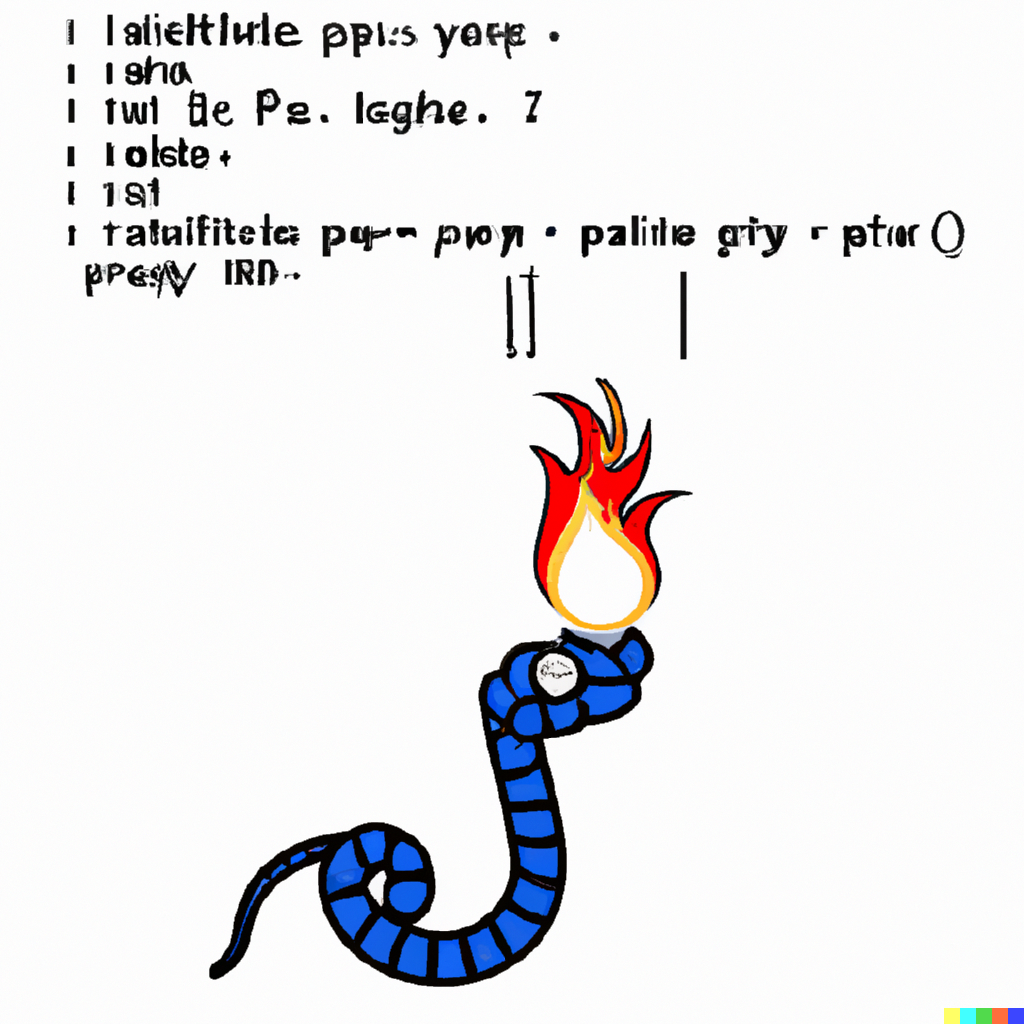In today’s digital era, computer vision has emerged as a crucial field with applications ranging from autonomous vehicles and robotics to facial recognition and augmented reality. Python, a versatile programming language, offers a wide range of libraries that empower developers to tackle complex computer vision tasks efficiently. In this article, we will explore the top 10 Python libraries for computer vision, each contributing unique functionalities and capabilities to enhance image analysis and processing.
Introduction to Computer Vision
Computer vision is a multidisciplinary field that aims to enable machines to understand and interpret visual data, mimicking human vision capabilities. It involves extracting meaningful information from images or videos and making decisions based on that data. Python, known for its simplicity and extensive libraries, provides a strong foundation for implementing computer vision algorithms and applications.
OpenCV: The Swiss Army Knife for Computer Vision
OpenCV stands as the most popular and comprehensive computer vision library. It offers over 2,500 optimized algorithms for various tasks, including image and video manipulation, object detection, feature extraction, and camera calibration. OpenCV’s extensive community support and cross-platform compatibility make it a top choice for computer vision enthusiasts.
NumPy: Essential Array Manipulation for Computer Vision
NumPy serves as a fundamental library for numerical computing in Python. Its powerful n-dimensional array objects and a collection of mathematical functions facilitate efficient data manipulation and processing in computer vision tasks. NumPy’s integration with OpenCV and other libraries further enhances its utility in the field.
TensorFlow: Deep Learning and Computer Vision Integration
TensorFlow, developed by Google, is a popular open-source library for deep learning. With its intuitive and flexible architecture, TensorFlow enables developers to construct and train deep neural networks efficiently. Its integration with computer vision libraries allows for seamless image classification, object detection, and image generation tasks.
Keras: High-Level Deep Learning Library for Computer Vision
Built on top of TensorFlow, Keras provides a user-friendly API for deep learning. It offers a high-level interface that simplifies the development of neural networks, making it an excellent choice for beginners and researchers alike. Keras enables rapid prototyping of computer vision models, including image classification and object localization.
Dlib: Robust Machine Learning for Image Processing
Dlib is a versatile machine learning library primarily focused on image processing and object detection. It provides a wide range of algorithms, including facial landmark detection, face recognition, and shape prediction. Dlib’s robustness and efficiency make it a valuable tool in computer vision applications that involve face analysis and tracking.
Scikit-Image: Comprehensive Image Processing Library
Scikit-Image offers an extensive collection of algorithms for image preprocessing, segmentation, and feature extraction. This library simplifies complex tasks such as edge detection, texture analysis, and image enhancement. With its user-friendly API and compatibility with other Python libraries, Scikit-Image facilitates rapid development and experimentation in computer vision projects.
Pillow: Image Processing Made Easy
Pillow is a powerful library for image processing tasks, providing capabilities such as image resizing, cropping, filtering, and blending. With its intuitive interface, Pillow enables developers to manipulate and enhance images effortlessly. It serves as a valuable tool for tasks like data augmentation, where image preprocessing is essential in training deep learning models.
PyTorch: Deep Learning Framework with Computer Vision Focus
PyTorch has gained significant popularity among researchers and practitioners in the deep learning community. Its dynamic computational graph and extensive support for GPU acceleration make it ideal for training complex computer vision models. PyTorch’s simplicity and flexibility empower developers to experiment with novel architectures and algorithms effectively.
Matplotlib: Data Visualization for Computer Vision
Matplotlib is a comprehensive data visualization library that offers a wide range of plotting functions. It enables developers to create informative visualizations of computer vision results, such as image annotations, histograms, and scatter plots. Matplotlib’s integration with Jupyter notebooks makes it an excellent choice for presenting and analyzing computer vision outputs.
Conclusion
In conclusion, Python provides a rich ecosystem of libraries for computer vision, enabling developers to tackle diverse image analysis and processing tasks. From the versatile OpenCV to the deep learning capabilities of TensorFlow and PyTorch, each library offers unique functionalities to enhance computer vision applications. By leveraging these libraries’ power, developers can unlock new possibilities in fields such as autonomous driving, medical imaging, and surveillance systems.










Leave a Reply